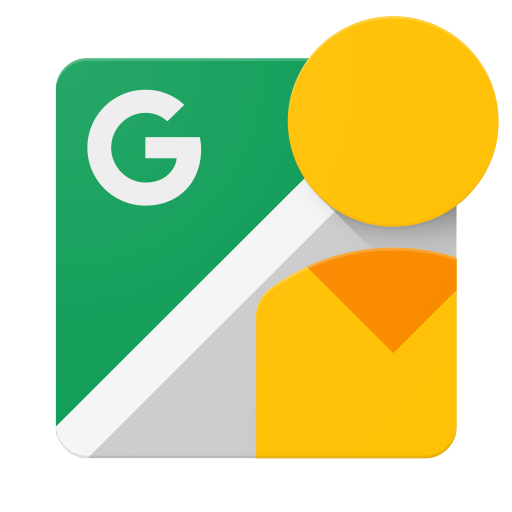يجب مصادقة جميع الطلبات المُرسَلة إلى Google Street View Publish API. عند تحميل صور جديدة، ستُنسَب إلى حساب Google للمستخدم الذي تمت مصادقته.
عندما يرسل تطبيقك طلبًا إلى واجهة برمجة التطبيقات Google Street View Publish API، يجب أن يحتوي على رمز موافقة مميز. ويساعد الرمز المميز محرك البحث Google في التعرّف على تطبيقك.
نبذة عن بروتوكولات التفويض
يجب أن يستخدم تطبيقك OAuth 2.0 للسماح بالطلبات. ولا يُسمح باستخدام أي بروتوكولات أخرى للموافقة على الطلبات. إذا كان تطبيقك يستخدم ميزة تسجيل الدخول باستخدام حساب Google، ستتم معالجة بعض جوانب عملية الموافقة على الطلبات نيابةً عنك.
الموافقة على الطلبات باستخدام OAuth 2.0
يجب أن يوافق مستخدم مصادَق عليه على كلّ الطلبات الموجّهة إلى Google Street View Publish API.
تختلف تفاصيل عملية الموافقة على الطلبات لبروتوكول OAuth 2.0 نوعًا ما حسب نوع التطبيق الذي تكتبه. وتسري العملية العامة التالية على كل أنواع التطبيقات:
- عند إنشاء التطبيق، يجب تسجيله باستخدام وحدة التحكم في واجهة Google API. ويوفر محرك البحث Google المعلومات التي ستحتاجها في ما بعد، مثل معرّف العميل وسر العميل.
- تفعيل واجهة برمجة التطبيقات Google Street View Publish في وحدة التحكم في واجهة Google API. (يمكنك تخطّي هذه الخطوة إذا كانت واجهة برمجة التطبيقات غير مدرَجة في وحدة التحكم في واجهة Google API.)
- إذا احتاج التطبيق الدخول إلى بيانات المستخدِم، يطلب التطبيق من Google نطاقًا معينًا للدخول.
- يعرض Google شاشة الموافقة للمستخدم، ويطلب منه السماح لتطبيقك بطلب بعض بياناته.
- عند موافقة المستخدِم، يمنح Google تطبيقك رمز دخول قصير الأجل.
- يطلب تطبيقك بيانات المستخدِم، من خلال إرفاق رمز الدخول بالطلب.
- يعرض Google البيانات المطلوبة بعد تحققه من صلاحية طلبك والرمز المميز.
تستلزم بعض التدفقات إجراء خطوات إضافية، مثل استخدام رموز مميزة للتحديث للحصول على رموز دخول جديدة. لمزيد من المعلومات التفصيلية حول العمليات المتعلقة بمختلف أنواع التطبيقات، راجِع مستندات بروتوكول OAuth 2.0 في Google.
في ما يلي معلومات عن نطاق OAuth 2.0 في واجهة برمجة التطبيقات Google Street View Publish API:
| النطاق | المعنى |
|---|---|
https://www.googleapis.com/auth/streetviewpublish |
الإذن بالقراءة والتعديل |
لطلب الدخول باستخدام بروتوكول OAuth 2.0، يحتاج التطبيق معلومات عن النطاق، بالإضافة إلى المعلومات التي يوفرها Google عند تسجيل التطبيق (مثل معرِّف العميل وسر العميل).
نصيحة: يمكن لمكتبات عملاء Google APIs معالجة جزء من عملية السماح بالنيابة عنك. وتتوفّر هذه المكتبات للعديد من لغات البرمجة، ويمكنك الاطّلاع على صفحة المكتبات والنماذج للحصول على مزيد من التفاصيل.

